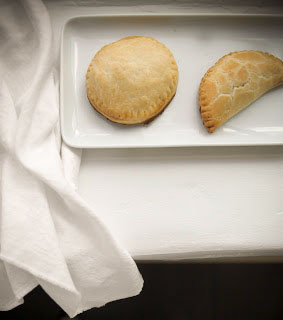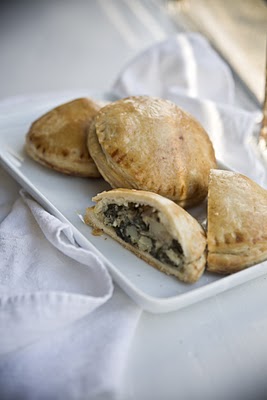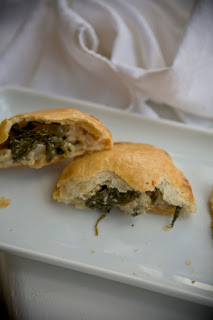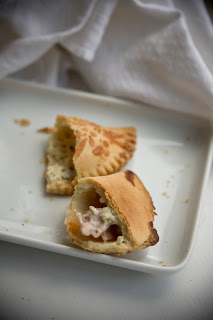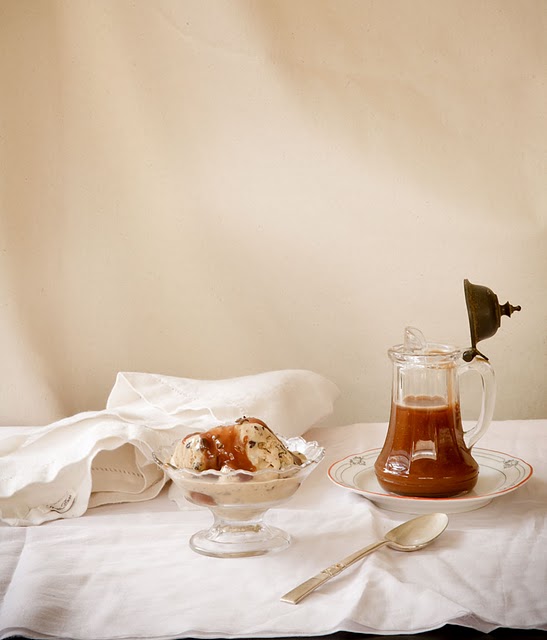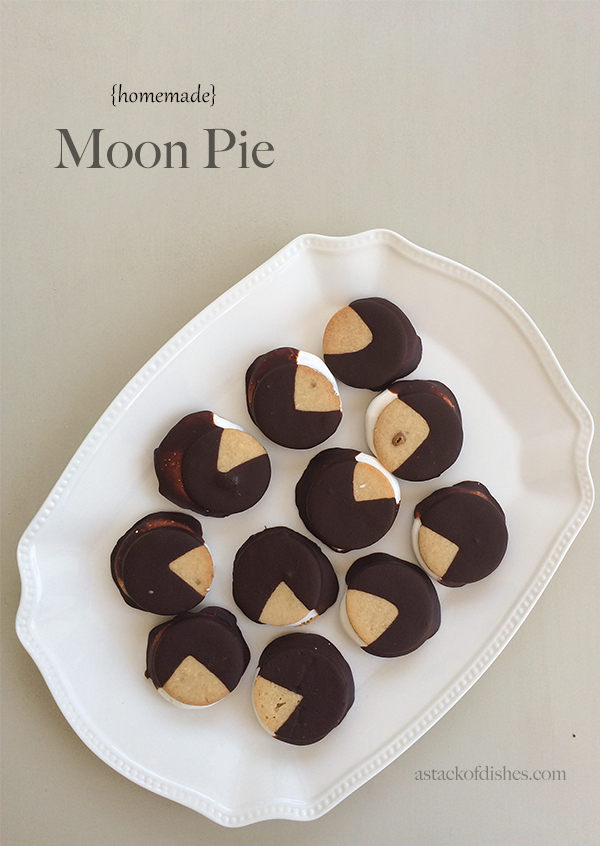The fine art of making pastry doughs has always been a bit of a mystery to me. Sure, I’ve baked countless cakes (thousands), but pastry is a whole ‘nother thang. What also has always alluded me was how something so basic can turn out so differently so easily. Flour, butter, salt and water? a snap right?
I once watched an episode of Martha Stewart Living years ago. She spoke in religious tones about how her Polish Mother kept everything ice cold which was sure to be the path to righteous flaky crust. However, I did all that- chilled the flour, kept the water in ice cubed suspension and worked so fast it raised my adrenaline levels through the roof. It was a “good thing” and I was leaving no holds barred.
The result was ok, but not ethereal. So what’s up with that?
As is often the case in my life, I got a little buggy about figuring this all out. I decided to go on a quest and pulled out and up several different recipes and methods for making pie/tart dough.
What was fascinating to me was the depth and breadth of the different recipes. I am sure some degreed Pastry Master can explain the different qualities and uses for the different types. Sure, sweetened for one thing, more rustic for another, delicateness for one, durability for another, but in the end… for me… let’s just get one our two down and then work out specific uses. There was something in the method, I would sort out the madness later.
So after some perusal I came up with two different types/styles to try. One was classic cold cold cold from Tartine. The second used softened butter and milk- something I had never heard of before- out of Sarabeth’s new cookbook.
Both used the basic same ingredients- with the milk as an exception. But no cream cheese, or other fats, and no mixture of flours or eggs. Tartine actually gave weights as well as standard measurements. I opted to weigh everything to be scientific about it. Also, to better incorporate the butter I grated the cold butter onto a plate and then onto a scale. This just makes the first stage of cutting the butter into the flour faster and some say better.
Tartine: Flaky Tart Dough
1tsp salt
2/3 c water, very cold
3c +2T ap flour
1c + 5T sweet butter, very cold
Combine dry ingredients in a food processor. Add the butter and process until pea sized crumbs evolve. Dribble in the water until the mass comes together and forms a ball.
Remove from bowl and knead a few times. Then shape into 2 discs for a double crust, one one for a large tart. Wrap in plastic and chill 2 hrs or overnight
(please refer to the cookbook for more extensive and detailed directions)
Sarabeth’s Tender Pie Dough
She attributes this recipe to Wendy and Michael London of Mrs. London’s Bakery and Cafe in Saratoga Springs. She states: “not especially flaky”
1 3/4 sticks butter, (14 T), cool room temp, in pieces
1/3 c whole milk- she makes no specifications but cold milk just seizes up the butter, so I used cool milk- meaning slightly colder than room temp.
2.5 c AP flour
4t superfine sugar (I omitted)
1/4 salt
Beat the butter in a stand mixer with paddle attachment. Dribble in milk and beat to a butter cream consistency.
Add flour gradually and mix until it comes together. Turn out of the bowl and knead a few turns until smooth. Wrap in plastic and chill 30 mins to 1 hr.
(please refer to cookbook for more extensive and detailed directions)
And here are the results. First off, I made handpies just for fun and to facilitate tasting. I filled them with this and that which was in my fridge. OK, if you must know: the round pies had sauteed spinach and potatoes with thyme, ricotta and chicken. The half moon pies had ricotta, goat cheese and prosciutto.
I glazed them with an egg yolk/milk mixture and in the photo above I sprinkled some grated Parmesan on top.
The Tartine dough was indeed flakier, and made a delightful crispy crunchy sound when you bit into it. However, the Sarabeth’s version was not far off. I really though it would be a dense, tough crust, not really- not so much.
So why is that? Here is what I truly think: and before I say so I will put out the caveat that I am no expert on this- so please feel free to pipe up and add any insight if you can.
I think the real finesse is in the bringing together of the dough. Yes, you don’t want to overhandle the dough, BUT, you do need to assure thorough incorporation. I think the real devil is the gluten in the flour, which you need to work some up, but not too much. You can give it an inch, but not a mile.
For me this is similar to biscuit/scone making. I was always SO terrified to over work the dough that I under did it. I found when I kneaded just a stroke or two more, it resulted in a beautiful, flaky and tender treat.
And this is a feel thing. To explain: the dough at first is in disarray, trying to pull together is fragments and find consistency. Once managed, it then starts to pull back, it resists. You can feel a slight spring or tightness in the dough. That’s the point that works (for me).
I would love to hear others’ insights.






